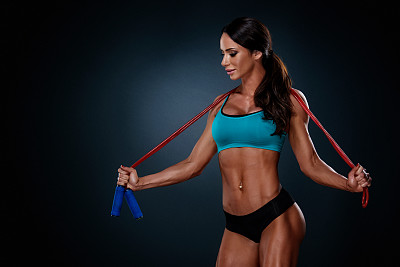Move Yourself—and the World Around You
Balancing bodyweight training with external‑load training does not have a single correct ratio; the right mix depends on your goals, training history, environment, and what you enjoy enough to do consistently. A practical way to think about balance is through everyday capabilities: moving yourself quickly when needed, carrying meaningful loads safely, and pulling your body upward. These functions draw on overlapping qualities—cardiorespiratory fitness, strength, coordination, and grip—and improving one often helps the others.
Covering about 1600 meters at a strong, steady effort is a useful marker of day‑to‑day cardiovascular capacity. For many adults, finishing around eight minutes reflects solid fitness, but appropriate targets vary widely with age, sex, experience, terrain, and health status. Rather than chasing a universal cutoff, pick a pace you can sustain with good form and breathing that lets you speak only a few words at a time, and retest every few weeks to track progress. If continuous running is not yet comfortable, combine run–walk intervals and gradually lengthen the running portions; hill walks or cycling can provide a comparable stimulus while being kinder to joints.
Being able to carry weight smoothly and safely is another real‑world skill. Loaded carries challenge the legs, hips, trunk, and grip in ways that transfer to daily life. You can simulate a rescue carry with a backpack, sandbag, or farmer’s carries with dumbbells, starting with loads you can hold without leaning or losing posture and distances of 20 to 60 meters, repeated for several trips. As strength and tolerance improve, increase either load or distance in small steps. If you ever practice partner carries, prioritize safety, communicate clearly, and use short, flat routes.
Pulling your body upward, whether as a strict pull‑up or by climbing, reflects a blend of relative strength and coordination. Many people progress by first mastering horizontal rows, then assisted pull‑ups with bands or a machine, and eventually unassisted repetitions performed under control through a comfortable range. Grip variations and tempo changes keep training engaging while distributing stress on elbows and shoulders. If hanging causes pain or numbness, swap in rowing variations and address technique and mobility before returning to vertical pulls.
Across a week, combine bodyweight and external‑load work so you touch all three capacities. Short runs or interval walks build heart and lung fitness, carries and squats develop total‑body strength and trunk stability, and rows or pull‑ups build pulling strength and grip. Warm up, increase difficulty in small increments, and back off if you notice red‑flag symptoms such as chest pain, unusual shortness of breath, dizziness, or joint pain that alters your movement. With patient, consistent practice, you will move yourself—and the world around you—more confidently and safely.







